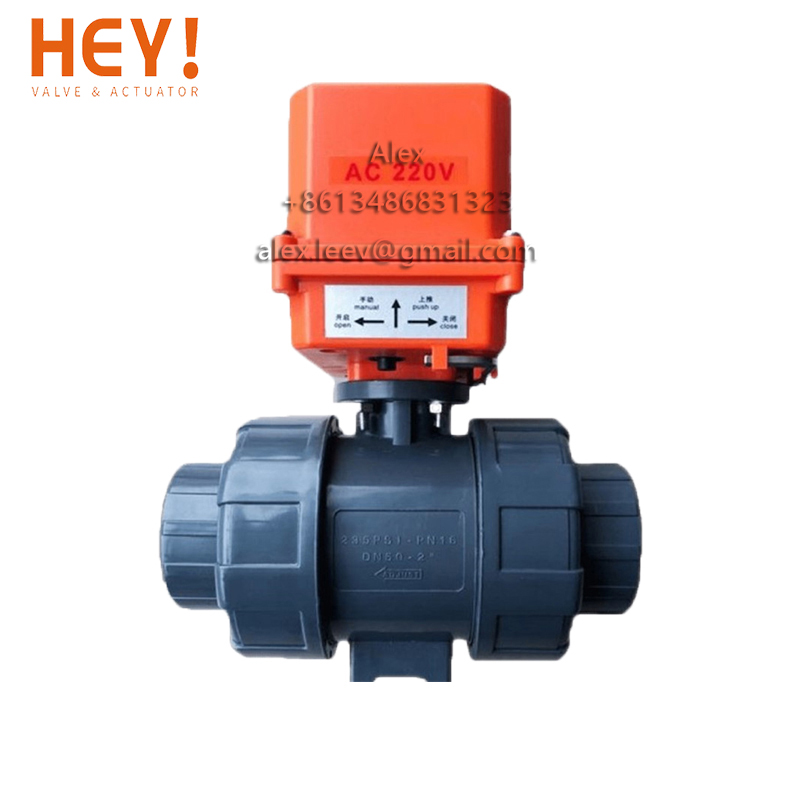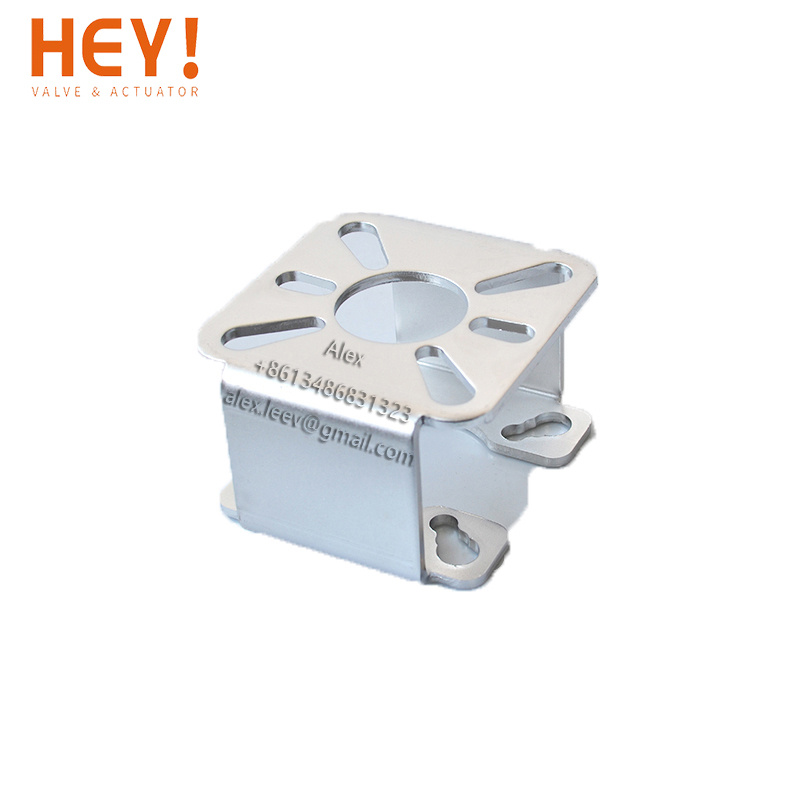The Pneumatic Welding Angle Seat Valve is a versatile industrial valve designed for controlling the flow of fluids, gases, and other materials in pneumatic systems. This valve is available in two materials, plastic and stainless steel, to suit different industrial applications.
Product Features - Plastic Valve
Durable Construction: The plastic valve is made of high-quality materials such as PVC and PP, making it durable and resistant to corrosion.
Easy to Install: The valve is designed for easy installation using standard welding techniques, ensuring a secure and reliable connection.
Precise Control: The valve's unique angle seat design allows for precise control over fluid and gas flow, ensuring accurate regulation and smooth operation.
Easy to Clean: The plastic valve is easy to clean and maintain, making it ideal for use in applications where hygiene is a concern.
Low Maintenance: The Pneumatic Welding Angle Seat Valve in plastic requires minimal maintenance, making it a cost-effective solution for industrial applications.
Product Features - Stainless Steel Valve
High-Quality Construction: The stainless steel valve is made of high-quality materials such as stainless steel 316, making it durable and resistant to corrosion.
Easy to Install: The valve is designed for easy installation using standard welding techniques, ensuring a secure and reliable connection.
Precise Control: The valve's unique angle seat design allows for precise control over fluid and gas flow, ensuring accurate regulation and smooth operation.
Easy to Clean: The stainless steel valve is easy to clean and maintain, making it ideal for use in applications where hygiene is a concern.
High Temperature Resistance: The stainless steel valve is capable of withstanding high temperatures, making it suitable for use in high-temperature applications.
Using the Pneumatic Welding Angle Seat Valve
The Pneumatic Welding Angle Seat Valve is easy to install and use. Follow these steps for optimal operation:
Install the Valve: Begin by installing the valve in the pneumatic system using standard welding techniques. Ensure proper alignment with the flow of fluid or gas.
Connect the Actuator: Next, connect the pneumatic actuator to the valve using the appropriate fittings. This actuator provides the force necessary to control the valve's opening and closing.
Set the Operating Pressure: Adjust the operating pressure of the pneumatic system to the desired level. This pressure determines the valve's opening and closing speed.
Adjust the Valve: Finally, adjust the valve to the desired position using the actuator. This will regulate the flow of fluid or gas through the system.
Proportional Modulating Angle Seat Valve Parameters:
| Material | PC,PA,Stainless steel,silicon rubber |
| Power | DC 24V+/-10% |
| Signal input | 4~20mA or 0~5/10V |
| Setting signal input impedance | 4-20mA signal at 240Ω 0~5/10V signal at 21KΩ |
| Compressed air requirementsPartical model requirements Partical density requirements Pour point requirements Oil concentration requirements | Neutral gas comply with the requirements of DINISO 8573-1Class5(<40um)Class 5(<10mg/m³) Class 3(<20℃) Class 5(<25mg/m³) |
| Ambient temperature | -20~55℃ |
| Gas cinnection | In-line quick connector(inner diameter ∅8mm,6mm or1/4’’) |
| Electric quick connector | M13x1.0three pin(cable diameter ∅5mm)M17x1.0nine pin(cable diameter ∅6mm) M13x1.0four pin(cable diameter ∅5mm) |
| Air supply | Higher than the minimum operating pressure actuator 0.5~1bar,max7.0bar |
| Position sensor stroke/stem stroke | 5~50mm |
| Installation | Tend mounted actuators top m26 threaded connecton and actuators |
| Protection class | Ip65,comply with the requirements of EN60529 |
| Power consumption | <5W |














